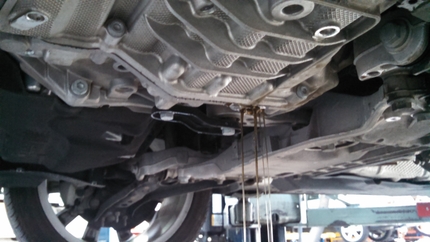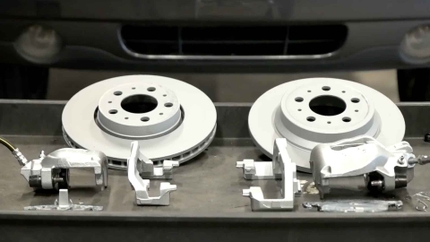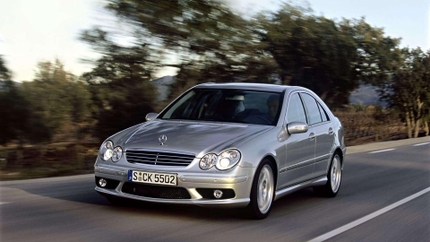It takes a lot to get a Volvo to perform like a modern sports sedan in the summer. Stock-for-stock, even the hottest 850R will handle worse than most sports sedans produced in the last 5 years. Since it's hard to recoup the investment of modifications on a vehicle, I've pretty much given up on tuning my '99 S70 with aftermarket performance parts to make it compete with 2014, and returned it to stock over the last year. Not only has this given me a car that doesn't require the headache of worn polyurethane bushings, or boost leaks caused by inferior TCV fittings, but it's made me realize that I have the best, reliable winter car I could ever own when relegated to winter-only duty. Here's why:
The seats are hotter than sriracha
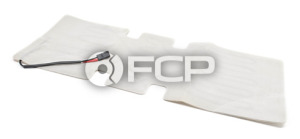 When the weather gets frightening, I've got the hottest body on the streets. Although my S70's seats only have one setting, (ON) their internal thermostat regulates the temp nicely so as not to cause cremation while driving. These things get toasty even through cold leather, and they do it within a few blocks of leaving home. If your seats don't work, get some new pads after determining they're at fault with a multimeter. If it's not the pads, it could be:
When the weather gets frightening, I've got the hottest body on the streets. Although my S70's seats only have one setting, (ON) their internal thermostat regulates the temp nicely so as not to cause cremation while driving. These things get toasty even through cold leather, and they do it within a few blocks of leaving home. If your seats don't work, get some new pads after determining they're at fault with a multimeter. If it's not the pads, it could be:
- Broken thermostat wires in the bottom seat cushion, accessible from underneath (Volvo 850, common)
- Bad switch (rare)
It heats up quickly
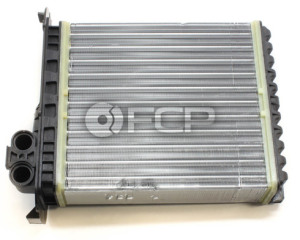 Having functional automatic climate control is one of my favorite aspects of this vehicle, no matter the season. In the Winter, I never change it from 72° + Auto - the car does all the work and it does it well. It only takes a few short blocks from home I can hear the fan ramping up until it's blasting hot air all over my cold torso. For some strange reason, my girlfriend's '97 Volvo 850 heats up even faster, and she doesn't even have a turbo.
Having functional automatic climate control is one of my favorite aspects of this vehicle, no matter the season. In the Winter, I never change it from 72° + Auto - the car does all the work and it does it well. It only takes a few short blocks from home I can hear the fan ramping up until it's blasting hot air all over my cold torso. For some strange reason, my girlfriend's '97 Volvo 850 heats up even faster, and she doesn't even have a turbo.
Of course, I couldn't be warm in either of these cars without first replacing the failure-prone heater cores. They like to seep around the plastic end tanks, emitting a coolant smell into the cabin. After replacing the cores, I can be confident they won't explode on me when it's -10°F outside. But when they're working... these dense cores make even the coldest mornings feel like a sauna inside my Volvo.
They don't rust.
Volvos may very well be built out of lead. The body panels are downright sturdy, and scoff at the likes of salt and grime. It's rare, or perhaps even impossible to find a Volvo 850 with rusty rear quarter panels. On a different note, you'd be hard pressed to find a '95 Civic from the northeast that isn't absolutely thrashed by salt. While a cheap 90's import car is usually a solid winter car for a few seasons, there's no reason to think "Winter beater" needs to be synonymous with "rustbucket." At least when you decide your Volvo has lived out it's useful life, it won't be because the body rotted out. These vehicles will last as long as you're willing to keep funneling money into them, and I like that. It's my choice whether to get rid of the car, not rust's.
Alex is FCP's Blog Editor and an IT technician from Endwell, NY. He has over 8 years of experience working on a wide array of import makes, but lately is partial to Volvo . For some reason he just purchased a Volkswagen, and is excited to see what breaks first.






